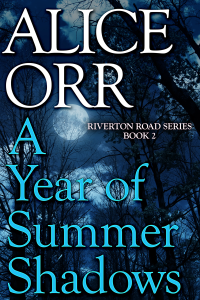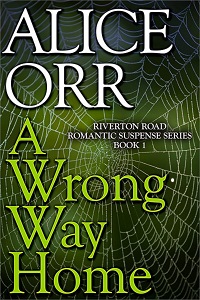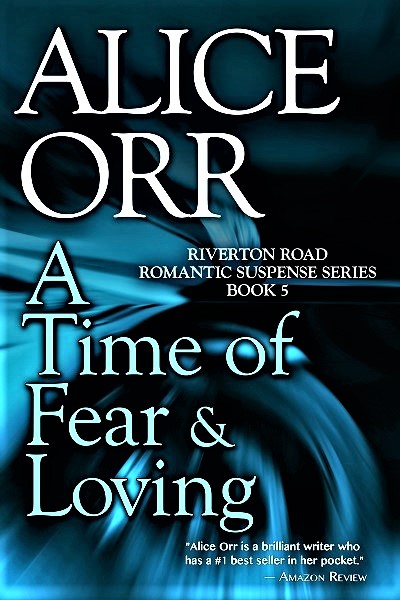What A Character! Publishing success for the Storyteller – especially the Commercial Fiction or Memoir Storyteller – is all about the characters you create. Which includes the character that is You in your memoir. Storytelling success is all about how much you can make your readers care – deep in their beating hearts – about these characters you create.

Are You Working on a Novel Now? If so – do you have a single main character? A specific character who is your hero? Most successful stories have one main character hero who gives your story focus. Agent-Editor-Reader interest is best captured by a single strong hero. By hero I mean a character who is gender variable – male or female or nonbinary or whatever.
Are You Working on a Memoir Now? There are many reasons to tell your real-life story. First among those reasons is to introduce us to your Hero. You are the Hero of your memoir. You are the center of your story which definitely deserves to be told well.
Have You Named your Hero? Name your main character up front – at the beginning of your story’s creation. Naming gives your character substance and makes her more real for you. If you have not yet named your character – do so as immediately as you can. A strong hero requires a name. The strong hero of your memoir is a character named “I.”
Why is a Strong Hero So Important? Because of what happens when we read about a strong hero’s joys. Because of what happens when we see her hopes and dreams and determination in action. Because of what happens when we witness her admirable qualities in practice.
We Understand that She will have Something Important to Lose in this Story. We do not want her to lose this important thing. Why? Because her strong portrayal leads us to identify with her. We are tied to her – as one human to another. In her strength we see the strength we strive to possess in ourselves.

Identifying with Your Strong Hero Makes Us Care about Her. Specifically – we care about what happens to her. Why? Because she is who we hope to be. She is who we are on our very best days. Her fate could be our fate if we lived her story. And – What a Story! that is.
Why is this Caring So Important? Because when we care about your character and what she wants – we have become emotionally involved in your story. We have an emotional stake in what happens in your story. Especially in what happens to your main character – your hero. In your memoir we must care about your hero named “I.”
Our Caring – Our Emotional Involvement – has Hooked Us into Your Story. Making your reader care is the most powerful story hook you could ever create. And the more we care – the more solidly your story hook is set in us.
Your Job as Storyteller is to Create a Character We Care About. A character we care about not just a little but a lot. A character we care about Intensely. That is the first and most important step you must take if your goal is to write the most Intense and Dramatic and Powerful story you have in you. And what better goal could a storyteller possibly have?

My Job is to Guide you toward that Electrifying Story. Which is why I will follow this post with many more about this very topic. Why? Because I believe there is nothing more crucial to your writing success than having readers say about your hero – and each of her companions – What a Character!
Alice Orr Says – You Possess Storytelling Magic. Keep on Writing Whatever May Occur. https://www.aliceorrbooks.com
Ask Alice Your Crucial Questions. What are you most eager to know about discovering the strongest story characters you have in you? Ask your question in the Comments section at the end of this post.
Alice Orr has published 14 novels, 3 novellas and a memoir so far. She wrote her nonfiction book No More Rejections: 50 Secrets to Writing a Manuscript that Sells as a gift to the writers’ community she loves. Her novel – A Year of Summer Shadows – Riverton Road Romantic Suspense Series Book 2 – is available HERE.

Praise for A Year of Summer Shadows: “Alice keeps you wanting to read faster, then when you finish the last page, you want more.” “Orr’s characters come alive on the page.” “A Year of Summer Shadows has moved up to one of my favorite books.”
All of Alice’s Books are HERE.
http://facebook.com/aliceorrwriter/
http://twitter.com/AliceOrrBooks/
http://goodreads.com/aliceorr/
http://pinterest.com/aliceorrwriter/






